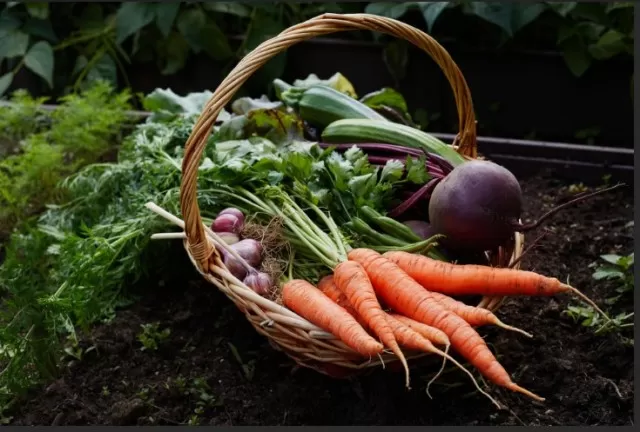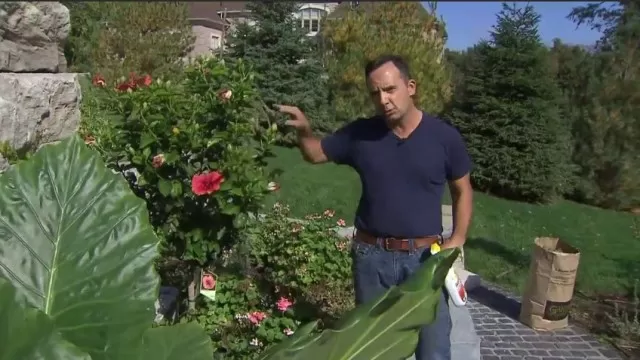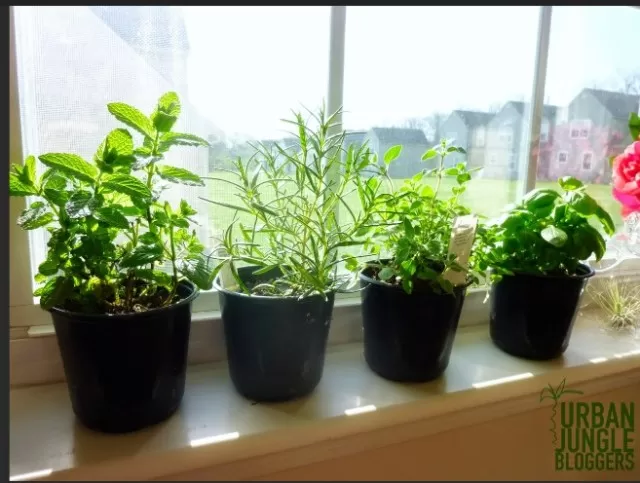Essential Winterization Steps for Your Vegetable Garden. Your vegetable garden has been a source of fresh and homegrown produce throughout the spring, summer, and fall, but it’s essential not to neglect it when winter arrives. Failing to winterize your vegetable garden can lead to several negative consequences that may affect the upcoming growing seasons. These consequences include potential damage to frost and cold-sensitive plants, an increase in insect populations, and the risk of soil erosion and compaction that can harm your garden landscape.
To safeguard your garden and prepare it for the winter season, there are several important tasks you should complete. These tasks will help maintain the health and productivity of your garden, ensuring that it’s ready for a successful growing season when spring arrives. Whether you’re an experienced gardener or just starting out, taking care of your vegetable Garden in Winter is an essential practice to keep your garden thriving year after year.
Prepare for Winter: Harvesting Frost-Sensitive Vegetables

As winter approaches and frost looms on the horizon, it’s essential to be proactive when it comes to your garden.
According to Melinda Myers, a gardening expert and the host of the Great Courses “How to Grow Anything” DVD series, frost-sensitive vegetables should be harvested before the cold sets in. Neglecting to do so may result in damaged or even dead vegetables.
While some plants like broccoli and cabbage can withstand a hard freeze and remain in the garden during cold weather, others are far more delicate and susceptible to frost.
Common frost-sensitive vegetables that should be harvested in advance include tomatoes, peppers, eggplants, beans, potatoes, cucumbers, melons, pumpkins, and sweet potatoes.
To protect the Hard Work you’ve invested in your garden throughout the growing season, keep a close eye on the weather forecast and plan your harvest accordingly.
By gathering your frost-sensitive vegetables before winter’s chill arrives, you’ll ensure that they remain in optimal condition, preserving their flavor and quality for your culinary delights. It’s a crucial step in maintaining a thriving garden and safeguarding your homegrown produce from the winter’s icy grasp.
Extend Your Harvest: Protecting Cool-Weather Crops
As the temperatures drop and winter approaches, it’s essential to take steps to safeguard your cool-weather crops and maximize your harvest.
Michelle Bruhn, founder of Forks in the Dirt and co-author of “Small-Scale Homesteading,” suggests a simple yet effective method. She recommends covering your cool-weather vegetables with tunnels or sheets in the evening and then removing the covers in the morning to shield your plants from near-freezing temperatures.
This practice serves a dual purpose.
Firstly, it helps to maintain a more temperate microclimate around your crops, preventing the damaging effects of cold weather. Secondly, it prolongs the freshness and nutritional value of your harvested produce.
As Michelle points out, fruits and vegetables can lose approximately 30 percent of their vitamins and minerals within three days of harvest, depending on storage conditions. By using covers, you can add several weeks to your harvesting window, ensuring your family enjoys more nutritious and better-tasting food.
So, by taking a few simple steps to cover your cool-weather crops, you not only protect your garden investment but also provide your loved ones with an extended period of fresh and wholesome homegrown delights.
It’s a win-win strategy for any dedicated gardener.
Winter Readiness: Tidying Up Your Vegetable Garden

As the gardening season winds down and winter approaches, preparing your vegetable garden for the cold months ahead is a crucial task.
Melinda Myers emphasizes the importance of a thorough cleanup process to ensure the health and vitality of your garden in the coming year.
Start by removing any weeds, ideally before they have a chance to drop seeds that would sprout in the following growing season.
This proactive weed control not only keeps your garden looking tidy but also reduces the potential for future weed-related issues.
In addition to weeding, take the time to inspect your garden for any plants that have fallen victim to pests or disease.
It’s essential to dispose of this plant material following your municipality’s guidelines, as leaving it in the garden can increase the risk of recurring problems in the future.
Furthermore, the fall season tends to leave behind a layer of fallen leaves and twigs.
Cleaning up this debris is not only aesthetically pleasing but also beneficial for the overall health of your garden. Leaves can be added to a compost pile, while twigs and larger debris should be cleared away to prevent potential obstacles for new growth.
By embracing this cleanup routine, you not only enhance the appearance of your garden but also set the stage for a healthier and more fruitful growing season in the year ahead.
It’s a simple yet vital step in maintaining your outdoor space.
Mulching Your Vegetable Garden: Winter Protection and Beyond
One essential step in preparing your vegetable garden for the winter is mulching, a practice that offers several benefits.
Michelle Bruhn, founder of Forks in the Dirt, highlights the advantages of this practice, emphasizing its impact on soil health.
By covering your garden soil with mulch before the temperatures drop too low, you provide vital protection.
The benefits are manifold: it helps retain moisture, prevents soil compaction, and reduces weed pressure, all of which are crucial for maintaining the overall health of your garden.
Mulching can be achieved in various ways.
You can use store-bought mulch, but it’s also eco-friendly and cost-effective to cover the soil with shredded leaves and straw. This not only provides the same benefits but also allows you to repurpose materials from your garden or local surroundings.
However, it’s important to keep in mind that mulch can have an impact on soil temperature.
While it keeps the soil cooler during spring, it may also delay planting in areas with cooler springs or in gardens with heavy clay soils. Melinda Myers notes this consideration, but overall, the advantages of mulching—such as moisture retention, weed control, and improved soil structure—far outweigh this potential downside.
In conclusion, mulching your vegetable garden is a practice that not only protects your soil during the winter but also sets the stage for a thriving and productive garden in the seasons to come.
It’s a small effort with significant long-term benefits for both your garden’s health and your gardening success.
Preserve Your Herbs: Bringing Them Indoors for Winter

For those with herbs flourishing in containers, there’s a simple yet effective way to safeguard them during the colder months – bring them indoors.
As Michelle Bruhn advises, this practice is particularly beneficial for herbs like rosemary, lavender, sage, and bay laurel, which can thrive for years when transitioned between indoor and outdoor environments.
By bringing these container herbs indoors for the winter, you provide them with a protective haven from the chill, ensuring their continued growth and vitality.
This method not only extends the life of your herbs but also allows you to enjoy their fresh flavors throughout the year, even when the outdoor garden is dormant.
Moreover, having a collection of potted herbs inside adds a touch of greenery and fragrance to your living space, enhancing the ambiance and providing easy access to fresh herbs for your culinary endeavors.
So, consider this simple yet rewarding practice of relocating your container herbs indoors for the winter, and you’ll reap the benefits of both convenience and a flourishing herb garden, even when the frost is at its harshest outside.
*The information is for reference only.